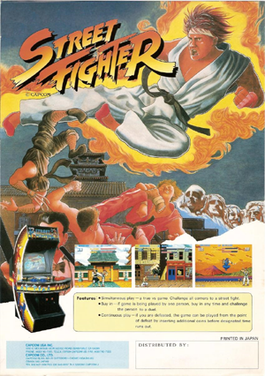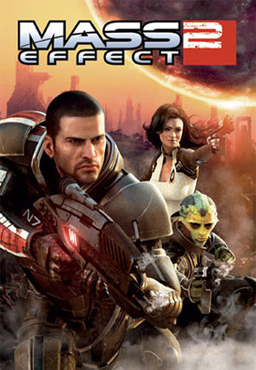
In an industry where the 8-bit titans of the ’80s were technologically advanced but linear, a new titan emerged, one that took the position of the top-down view, to a new side-to-side fighter. A time when teenage boys looked for the peak of male physicality. Two characters stood out, the Shoto-Masters, Ken and Ryu from 1987s Street Fighter.
Let’s travel back to the mind of Takashi Nishiyama in 1984. His first outing during this time was Kung Fu Masters or in Japanese, Spartan X, which was the first Beat ‘em Up in the vein of Streets Of Rage and Viewtiful Joe. The game was composed of levels with combat of smaller enemies and one Boss or individualistic enemy that stands out. However, Nishiyama needed more quality in the enemies and cut out the fat, or in this case the nameless enemies. The other main player was Kinzo Tsujimoto, who one year before disbanded his company and became a freelancer. After two years, the two parties came together under one, known as Capsule Communications (or Capcom), and would release a new arcade cabinet, named after the 1974 Sunny Sheba film, Street Fighter. But Takashi’s dream of the individuality of each character and how the art affected it.
The first game’s art style was more Victorian or realistic-looking pieces, almost like a ’70s movie poster. They use grained oil paintings with semi-realistic anatomy and facial structures. Nevertheless, the faces were usually lower quality and smaller. The game was rendered in 8 bits and ran at 20 frames per second. The only real departure was Ryu’s hair, which was red. Longtime fan, Charli Pillejera feels the appeal to the first game’s visuals was the bases and references used.
“Well, mostly finding bases and references for the old style and how it is descriptive,” Pillejera said, “Some artists can either do traditional or old styles depending on what they’re planning.”
The biggest factor in fighting games is the moves and how to approach them from a defensive and offensive point of view. The first Street Fighter takes everything from modern fighting games and strips it down to the minimum becoming a 2-D chess game. Throughout each match, whether you are playing with a friend or doing the arcade ladders, you as a player have to factor in the positioning of you and your opponent, but also make sure you are doing the correct inputs. Like I said before, the idea of going back to a game like Street Fighter is important, because there is a simplicity and a learning curve, unlike Tekken 8 or Fatal Fury. Game Developer and enthusiast Gregory O. feels that the game gives more freedom and variety compared to Spartan X.
“I believe that the appeal of Street Fighter’s fighting system compared to Karate Champ and similar games like it was that Street Fighter offered more options in terms of what the strategy of fighting was,” Gregory said, “While Karate Champ was stuck with two joysticks, Street Fighter had one joystick and six attack buttons, all with different properties depending on certain conditions.”
Even though the community of fighting games is divided by this game due to its simplicity and primitive game design, the game helped pave the way for King of Fighters and Fatal Fury, which were also from the mind of Takashi.



![[Review] Bloodywood - Nu Delhi](https://fohssignal.net/wp-content/uploads/2025/05/Nu_Delhi.jpg)
![[Review] Tool - 10,000 Days](https://fohssignal.net/wp-content/uploads/2025/05/10000Days.jpg)
![[Review] Baroness- Gold and Grey](https://fohssignal.net/wp-content/uploads/2025/05/a0534473864_16.jpg)
